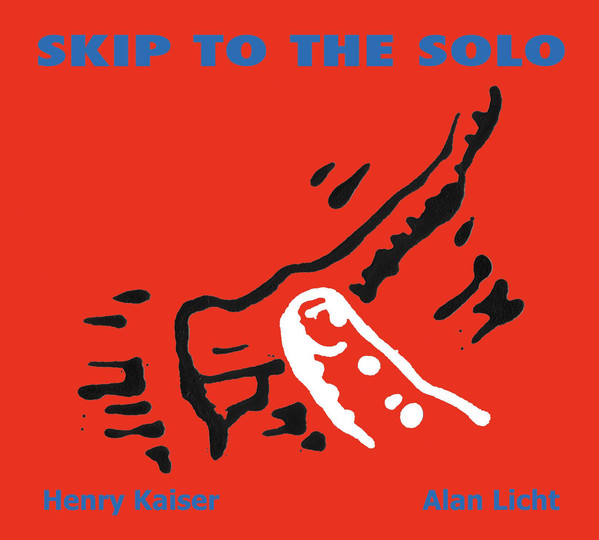The psychedelic revolution of the mid-to-late 1960s was a time of seemingly open possibility for the arts. The given, whether understood as the accumulated weight of formal convention or as the aesthetic intention animating convention, was something to transcend; the given as itself transcendent could simply wait its turn. Nowhere was this revolution more apparent than in the rock music of the time, which flourished when freed of popular song’s relatively short running times as well as from the constraints of popular song structures themselves. Under the influences of modal and free jazz, Hindustani classical music and the contemporary classical avant-garde, rock musicians began to explore lengthy solo and collective improvisation as a way of opening up musical experience for listener and performer alike.
For experimental guitarist Henry Kaiser (b. 1952), this musical revolution was an inspiration that would endure. Growing up in the San Francisco Bay Area in the 1960s, Kaiser was at the epicenter of long-form, improvised psychedelic rock. Playing the music he heard there during that formative period was one of the motivations that drove him to pick up the guitar. And one that seems never to have left him. He describes himself as an improvising guitarist, a psychedelic guitarist and an experimental guitarist—three complementary facets of his musical personality that are consistent with the music developed in the alembic of the Haight-Ashbury.
To be sure, Kaiser’s immensely prolific output—he has appeared on more than 250 recordings of his own and others, and has provided music for many film and television soundtracks—is varied enough to evade easy characterization. He often draws on new techniques and technologies to alter the sounds of his guitar, and has created music that engages, crosses or simply ignores genres as desired. There may be an unusual concept behind the music; for example Everything Forever, a long post-Minimalist piece for solo guitar recorded live and without overdubs, was crafted for the explicit purpose of exhausting the 80-minute maximum running time of a compact disc.
Underlying the diversity of Kaiser’s music is a commitment to improvisation; in a 2014 interview he suggested that 95% of what he does is improvised. Skip to the Solo, a collaboration with guitarist Alan Licht which has just been released on the independent American label Public Eyesore, explores improvisation in the form of the rock guitar solo.
Skip to the Solo is a return to roots of sorts. The basic concept was to take two- to four-chord vamps and to solo over them—a frequent strategy honed and popularized by the San Francisco bands of the late 1960s. Kaiser took a standard rock quartet—Kaiser, Licht and Mikko Biffle alternating on guitars and basses, and Rick Walker on drums—and recorded a series of songs. All was then discarded, except for the solos.
Like the Dean Benedetti tapes or Zappa’s Shut Up ‘N Play Yer Guitar series—the latter an acknowledged precedent for Kaiser’s release—it’s a matter of reduction to essentials. For many of us, Kaiser included, listening to a song was listening for the solo. It was the instrumental heart of things where what was only nascent in the song structure—its melodic implications, the interpretive possibilities it might contain—was drawn out and explicated. (And no matter how free associative the words, it seemed that the music reached its most mind expansive moments during the solos. There, without being tied down to the unavoidable literalness of the lyrics, the music could follow its own direction.)
The fourteen tracks on Skip to the Solodo just that and in the process make interesting again a form—the rock guitar solo—that has been nearly effaced after decades of use. The solos are virtuosic but their virtuosity is never an end in itself; the chord progressions are recognizably taken from standard rock repertoire, but the solos always surprise with off-center lines and pitches that stretch and sometimes break the basic harmonic frameworks. In their isolation, the solos here can stand as independent structures allowed to develop on their own; the minimal chord progressions provide just enough context to lend coherence and the necessary filament of recurrence.
And with lyrics, choruses and bridges missing there’s nothing to listen to here except the sound of inventive minds at work.







